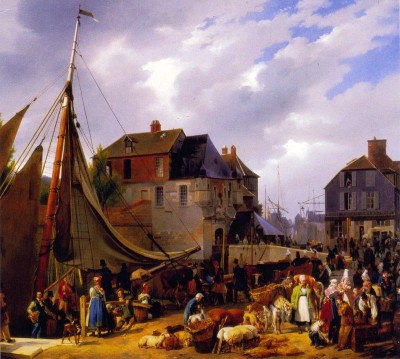Assignment 1
In Guns, Germs, and Steel, Jared Diamond argues for the centrality of geography in explaining the relative economic success of the West. On closer examination, however, we could say that Diamond’s theory is really about the spread of knowledge: geography is important because, especially in prehistory, geography determined the size of a society’s ekumene, the area in which new ideas could circulate and be applied successfully. In this respect, then, Diamond’s account falls into the same category as those of Ester Boserup and Julian Simon, in which – in contrast to Malthus – population levels drive technical change.
A notable problem with diamond’s account, however, is that it doesn’t travel well into the early modern period and, in particular, fails to account for why western Europe – as against other, more populous, parts of Eurasia like China and India – was the first region to achieve sustained intensive economic growth and to industrialize. In a posthumous book (and perhaps elsewhere), Julian Simon attempts to defend the population theory against the seeming disconfirmation posed by the lag of populous China and India behind less-populous northwestern Europe. In a short paper (minimum eight pages), I want to you to evaluate Simon's defense of the population theory. Is Simon's account fundamentally the same as Diamond's? Is Simon successful in defending it? Is there another account you find more persuasive? Why?
Apart from Diamond, which is on the (2101W) reading list, your principal reference is:
Julian Simon, The Great Breakthrough and its Cause (edited by Timur Kuran). Ann Arbor : University of Michigan Press, 2000. (You can access the relevant Chapter 5 here.)
You may also find the following references useful:
David Landes, "What Room for Accident in History?: Explaining Big Changes by Small Events," The Economic History Review, New Series, 47( 4): 637-656 (November 1994).
David Landes, "Why Europe and the West? Why Not China?" Journal of Economic Perspectives 20(2): 3-22 (2006).
I also expect you to find a reference or two (or more) on your own.
Due: October 5.
